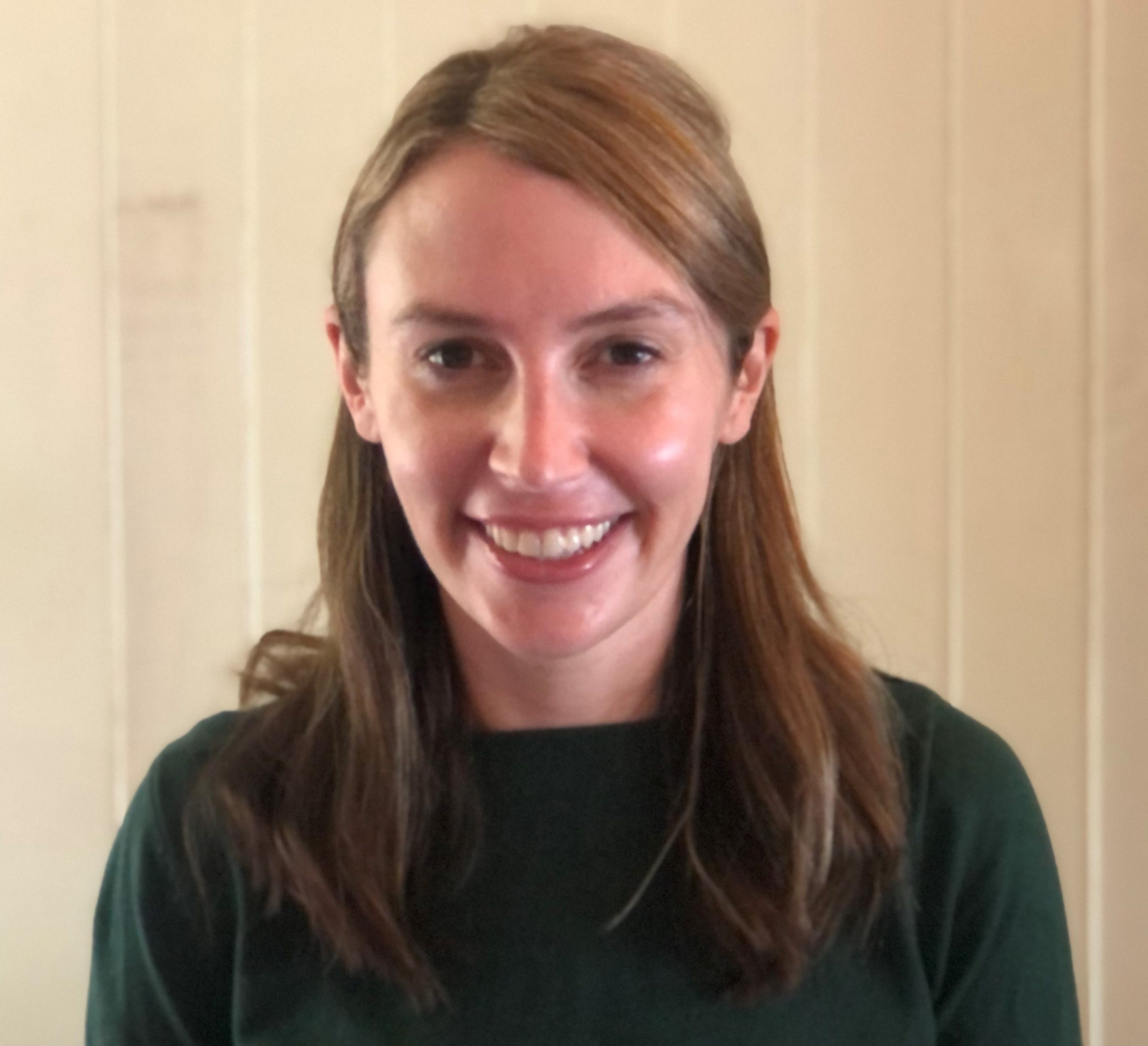FORNACE Kimberly
Kimberly’s research aims to understand and mitigate the impact of environmental change on infectious disease dynamics. She uses a range of Earth Observation data, geostatistical methods, and machine learning approaches to quantify the disease impacts of environmental change and identify solutions to support climate and health goals. A core focus of this work has been characterising the spatial epidemiology of emerging zoonotic malaria in Malaysia and the Philippines and evaluating associations with deforestation and other land use changes. Her current research program aims to identify how environmental data can be integrated into infectious disease surveillance systems. She also co-leads the Climate, Environment and Health Programme at the Saw Swee Hock School of Public Health
Affiliation
- NUS Saw Swee Hock School of Public Health (Primary)
- University of Glasgow (Adjunct)
- London School of Hygiene and Tropical Medicine (Adjunct)
Research Areas
- Spatial epidemiology
- Infectious disease dynamics
- Disease ecology
- Remote sensing
- Global environmental change
Academic/Professional Qualifications
- PhD Spatial Epidemiology, London School of Hygiene and Tropical Medicine (2018)
- MSc Infectious Diseases, University of London (2011)
- BA, Molecular and Cellular Biology, University of Colorado (2010)
Awards/Honours
- Wellcome Trust/ Royal Society Sir Henry Dale Fellow
- Lord Kelvin/ Adam Smith Leadership Fellow
Career History
- Sir Henry Dale Fellow, University of Glasgow (2021 – 2014)
- Assistant Professor, London School of Hygiene and Tropical Medicine (2019 – current)
- Research Fellow (based in Kota Kinabalu, Malaysia), London School of Hygiene and Tropical Medicine (2013 – 2019)
- Research Assistant, Royal Veterinary College, London (2011 – 2012)
Selected Publications
- Fornace, K. M., H. M. Topazian, I. Routledge, S. Asyraf, J. Jelip, K. Lindblade, M. S. Jeffree, P. Ruiz Cuenca, S. Bhatt, K. Ahmed, A. Ghani, C. J. Drakeley. (2023). “No evidence of sustained nonzoonotic Plasmodium knowlesi transmission in Malaysia from modelling malaria case data.” Nature Communications. 14 (1), 2945.
- Trujillano, F., G. Jimenez Garay, H. Alatrista-Salas, I. Byrne, M. Nunez-del-Prado, K. Chan, E. Manrique, E. Johnson, N. Apollinaire, P. Kouame Kouakou, W. A. Oumbouke, A. B. Tiono, M. W. Guelbeogo, J. Lines, G. Carrasco-Escobar, M. Fornace. (2023). “Mapping malaria vector habitats in West Africa: drone imagery and deep-learning analysis for targeted vector surveillance.” Remote Sensing. 15(11), 2775.
- Fornace, K. M., Alexander, T. R. Abidin, P. M. Brock, T. H. Chua, I. Vythilingam, H. M. Ferguson, B. O. Manin, M. L. Wong, H. S. Ng, J. Cox and C. J. Drakeley (2019). “Local human movement patterns and land use impact exposure to zoonotic malaria in Malaysian Borneo.” eLife 8:e47602.
- Fornace, K. M., P. M. Brock, T. R. Abidin, L. Grignard, L. S. Herman, T. H. Chua, S. Daim, T. William, C. Patterson, T. Hall, M. J. Grigg, N. M. Anstey, K. K. A. Tetteh, J. Cox and C. J. Drakeley (2019). “Environmental risk factors and exposure to the zoonotic malaria parasite Plasmodium knowlesi across northern Sabah, Malaysia: a population-based cross-sectional survey.” Lancet Planetary Health 3(4): e179-e186.
- Fornace, K. M., C. J. Drakeley, T. William, F. Espino and J. Cox (2014). “Mapping infectious disease landscapes: unmanned aerial vehicles and epidemiology.” Trends in Parasitology. 30(11): 514-519.
Media Coverage
- Deforestation opens paths for disease spread from animals to humans, Financial Times, 29 April 2024


